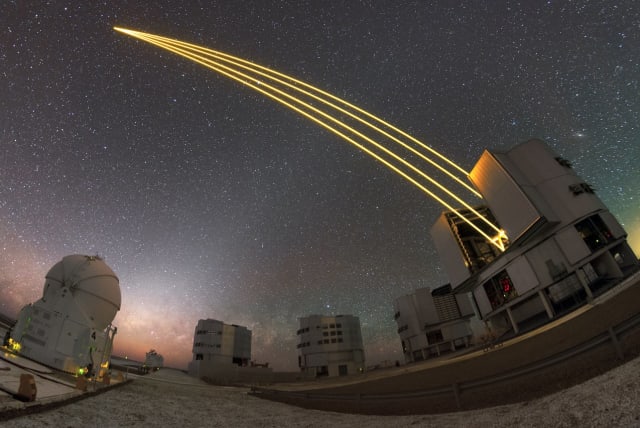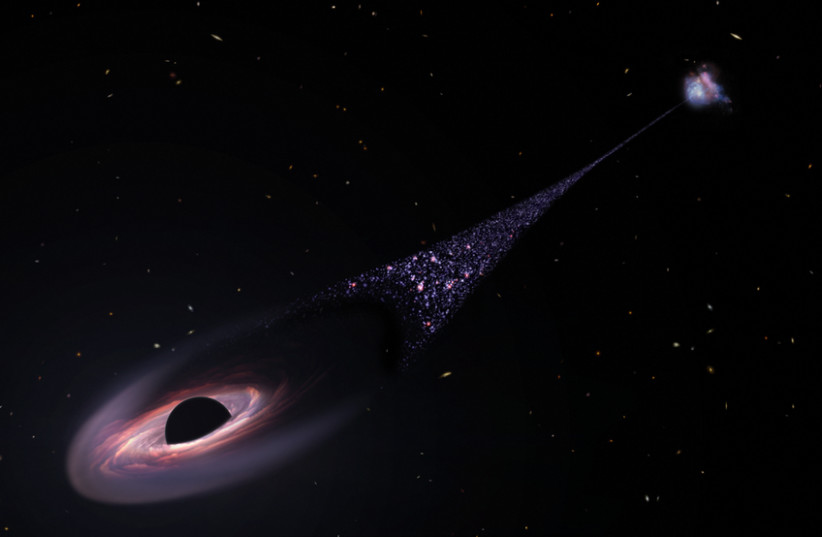Detailed dark matter map provides further support for Einstein's theory of general relativity

Astronomers have created the most detailed map of dark matter distribution.
Astronomers working with the Atacama Cosmology Telescope (ACT) have created the most detailed map of dark matter distribution across one-quarter of the sky. These findings support Albert Einstein's theory of general relativity, reinforcing what has been the basis for the standard model of cosmology for the past century.
Three articles, awaiting peer-review, that are set to be published in the Astrophysical Journal will show how dark matter interacts with light and gravity. This confirms Einstein's theory about how massive structures bend light and grow. The researchers measured Cosmic Microwave Background (CMB) Radiation, a type of light that originated with the Big Bang. The Phenomenon, called gravitational lensing, measures how CMB radiation is affected by the gravity of large heavy structures, such as dark matter.
Through gravitational lensing, scientists can measure the distortion caused by dark matter and then map its location.
What is dark matter and why is it important?
Understanding dark matter is fundamental to our understanding of the universe, dark matter comprises roughly 85% of all matter in the universe. Scientists extracted the map's data to find the overall "lumpiness" of the universe in addition to its expansion rate. Both of these conform with the predictions made by Einstein. The results were so conforming to Einstein's theory of gravity that it took some researchers a while to process it.
The results showcase how effective the ACT can be at helping further our understanding of the universe. Scientists hope that this experiment will open the way for more sensitive experiments involving CMB radiation.
According to NASA, Dark matter and dark energy comprise 27% and 68% of the universe, everything else is the remaining 5%.
What dark matter and dark energy actually are, still remains a mystery, but scientists are certain that both hold important clues about the universe. While scientists may not know exactly what dark matter is, they know what it is not. First of all, it is dark, in the sense that it does not interact with light. Second, it is not simply dark normal matter because it does not absorb radiation as normal matter does. Third, it is not antimatter, because it does not produce the necessary gamma rays when it annihilates with normal matter.
Jerusalem Post Store
`; document.getElementById("linkPremium").innerHTML = cont; var divWithLink = document.getElementById("premium-link"); if (divWithLink !== null && divWithLink !== 'undefined') { divWithLink.style.border = "solid 1px #cb0f3e"; divWithLink.style.textAlign = "center"; divWithLink.style.marginBottom = "15px"; divWithLink.style.marginTop = "15px"; divWithLink.style.width = "100%"; divWithLink.style.backgroundColor = "#122952"; divWithLink.style.color = "#ffffff"; divWithLink.style.lineHeight = "1.5"; } } (function (v, i) { });

